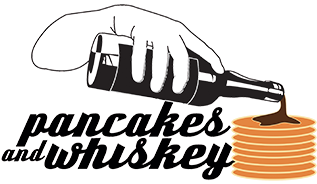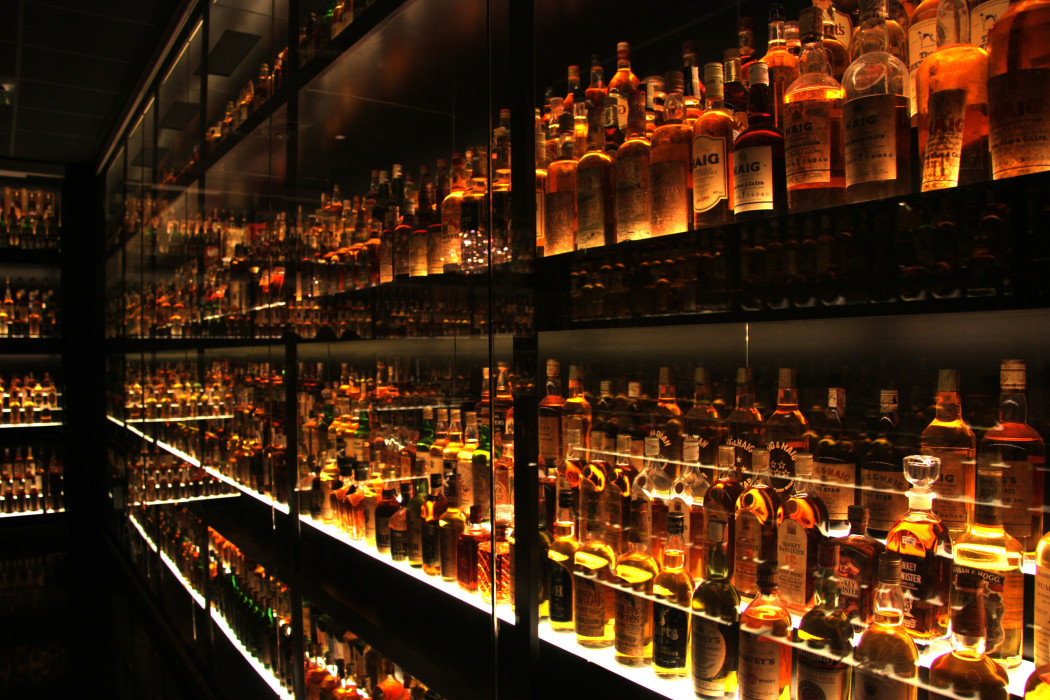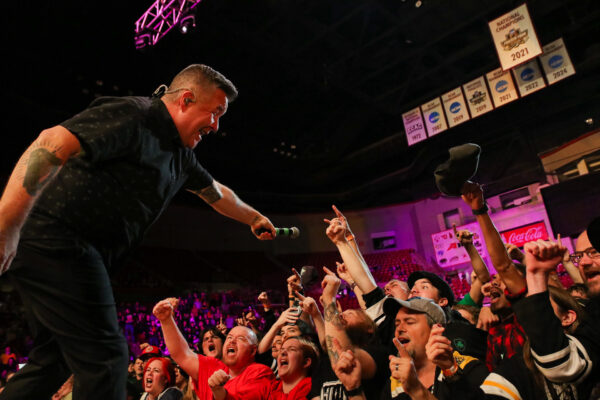Let’s start from Whiskey 101 (the short version). Once the newly-distilled white whiskey is put into a barrel to age and get its final flavor and color, the clock begins to tick. Most big label whiskey is aged a minimum of two years (and that’s the only way it can be called straight whiskey or bourbon). After that, the age is determined by the master distiller – when does he or she think it’s reached its peak flavor? There are lots of factors, but once they figure it out (this bourbon tastes best at 8 years, that American whiskey at 5, etc), that’s how long the hooch spends in the barrel. Period. But what happens when demand begins to put pressure on the clock?
There are some major developments going on in the world of whiskey right now. Diageo is building a new distillery in Kentucky. This brand-new, shiny distillery (with a price tag of a cool $115M – the world’s largest spirits company can likely afford it) will bring jobs to the local economy and also improve the flow of whiskey into the pipeline. What that investment says is that Diageo thinks that the current whiskey trend will continue into the coming decades, as the whiskey they distill won’t be ready for the shelf until at least 2020 (projected completion of the site is 2016).
Suntory-Beam is quietly laying in more whiskey – they’ve already got the capacity (they do own Jim Beam, after all) and they’re putting more juice in barrels to get ahead of the aging curve. They are also the same folks that caused quite an uproar over their controversial idea of lowering the proof of Maker’s Mark a couple of percentage points to stretch their supplies. To be fair: whiskey contains water anyway (unless it’s “cask strength”) AND chances are good, you probably wouldn’t have tasted any difference. But water down the whiskey before it even gets to you? That’s sacrilege! The outcry by the whiskey drinking public convinced the folks at Maker’s to not toy with their current proof. But what will happen to their supply of whiskey? Will they run out?? Things have gone pretty quiet after the huge uproar.
Brown-Forman, the folks behind Jack Daniel’s and Woodford Reserve, is also planning a $36M expansion of Woodford, which will double its production capacity. Sounds like a good business plan, right? Consumers are never fickle, are they??
So what’s a whiskey drinker to do? Some are laying in stores of their favorites, like it’s the Bourbonapocalypse. While not a bad idea, there are extremes: “brown” market trading is seeing bottles going for multiples of their original price. Is the hooch worth it? It seems it’s worth what someone will pay for it. Even the most novice whiskey drinker has likely heard of the Great Pappy Van Winkle Heist. Such craziness.
Another option is to check out the up and coming craft liquor side of the house. Microdistilleries have sprung up all over the US, chances are there’s one near you. The smaller capacity distillers have more flexibility to create whiskies that have different flavor profiles and in some cases, taste great after a shorter time in the barrel. For some whiskey drinkers, nothing less than a 12 year old bourbon will do. For everyone else? Check out the grain-to-glass whiskies of your local distilleries. Read more about it here.
What’s the bottom line? Yes: 10+ years in a barrel can yield a fine bourbon (with a premium price tag), but is it really time to shout the sky (of bourbon) is falling? I think there’s enough of the brown stuff to go around, as long as we don’t completely freak out about it. We can do that, right?
Article by Jeanne Runkle




